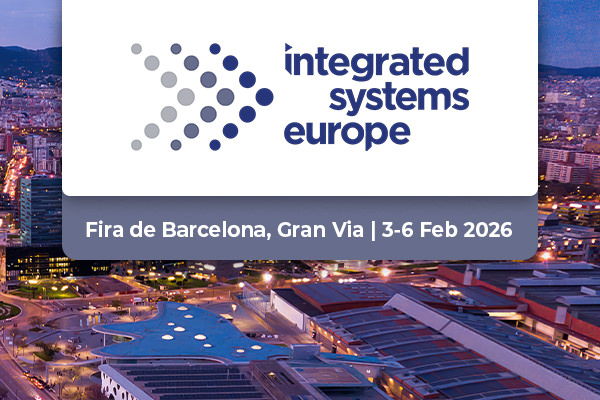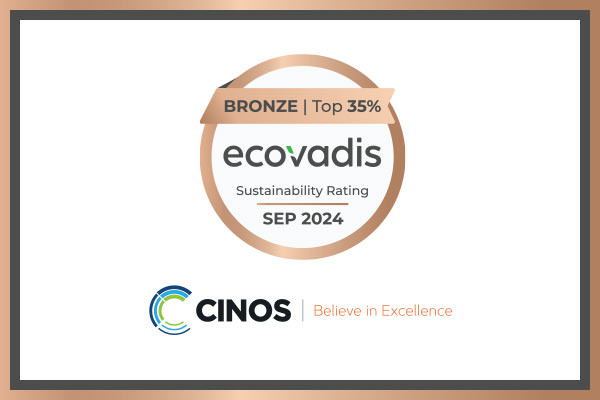
The future of face-to-face meetings in a virtual world
June 14th, 2022
As things are returning to normal it’s clear that businesses are keen to find their footing when it comes to defining the workplace. While the UK Government has urged Civil Servants to return to office working, others are embracing remote working on a part or full-time basis.
Recent data from the Office for National Statistics shows that the UK is getting back into the office once again. As of February, this year, there has been a decline in the percentage of people working from home – 15 per cent compared with 26 per cent in January 2022. And there has been an uptake of people travelling to work over the same time period. On the other hand, the cost of living crisis is also having an impact as a survey of 1,000 UK workers revealed people were apprehensive over the associated costs of working from an office.
If there’s one phrase we’re hearing more of right now, apart from “you’re on mute” – it’s hybrid working. Of course, it’s always existed but after a two-year remote working experiment it’s been turbocharged by the pandemic. Now that hybrid working practices are evolving, how do businesses make it work?
The perils of remote meetings and power of face-to-face
Virtual meetings, of course, have their purposes, and can be enjoyable and productive. But nobody wants to be faced with a constant stream of video calls. I have been on many conference calls where most, if not all participants don’t have their camera on. You enter a ‘virtual room’ that is often full of ‘faceless tiles’ with name badges, many of whom don’t even speak.
Researchers at Stanford University have found that “Zoom fatigue” is real and a day of video conferencing can leave us feeling exhausted. I’m sure at some point we’ve all looked in our diaries to find a day crammed with as many virtual meetings as possible. The problem with this is that there isn’t enough ‘breathing space’ between these meetings, meaning actions and outputs get pushed later and later into the day and as a result, you end up working a longer day than if you had met in-person initially.
Boosting engagement
Virtual meetings run the risk of being draining if they’re not planned and executed properly. But there is a place for them. Using features like screen sharing, allows participants to share a real time view of their computer, giving them the control to share documents and presentation slides. Remote teams can then collaborate and work together on a specific document simultaneously all while working in different locations. Other video conferencing platforms allow users to mute and provide written input in the call text box to ensure no one interrupts the flow of the meeting, meanwhile blurring the background prevents any unwanted distractions and interferences during the meeting.
Also keep in mind that participants become disengaged in large meetings. Try to invite people that are essential and make the best use of the features you have available. Perhaps sharing relevant information with those who didn’t attend using the transcript or recording functions. If you do find yourself in a situation where there is a large number of attendees, breakout rooms are a good way to create smaller groups so that people remain involved and engaged in the conversation.
It is important to be able to engage everyone in the conversation by making eye contact and using body language to ensure you have everybody’s attention. What does seem to happen is that multiple meetings are arranged to cover off one topic where I’m sure a single face-to-face meeting would produce the same output. Virtual meetings aren’t going away, but the fatigue certainly can.
Future impact on office working and in-person meetings
Communication and collaboration platforms have a number of key benefits for facilitating remote meetings, but technology should not replace the face-to-face experience. Business is all about people and building relationships – irrespective of industry. Face-to-face meetings help build trust and a perception of people’s emotions which is always important. When you visit or are visited by a customer often the meeting will start and end with ‘small talk’. This helps relationships develop and ensures you understand the person you are dealing with, including their likes and dislikes outside of the business in hand. Business leaders need to echo the message that all meetings should be productive.
Having said that, I feel a hybrid approach of both in-person and virtual meetings is best, as working collaboratively using the tools we have all become accustomed to for follow up or perhaps small breakout meetings, can be productive.
Inevitably, due to the fact that organisations and businesses have been able to continue working remotely, there will be less in-person meetings, but for those that do happen, they will be more productive. The challenge here is determining when it’s best to meet in-person or meet virtually. What’s clear is that both approaches have their benefits, but it’s important for businesses to use them in the right way to ensure meetings remain productive in the months to come.
If you feel your teams are suffering with meeting fatigue or would like to discuss how you can achieve an optimum hybrid working environment within your organisation, please get in touch. Our specialist teams are always on hand to help.




